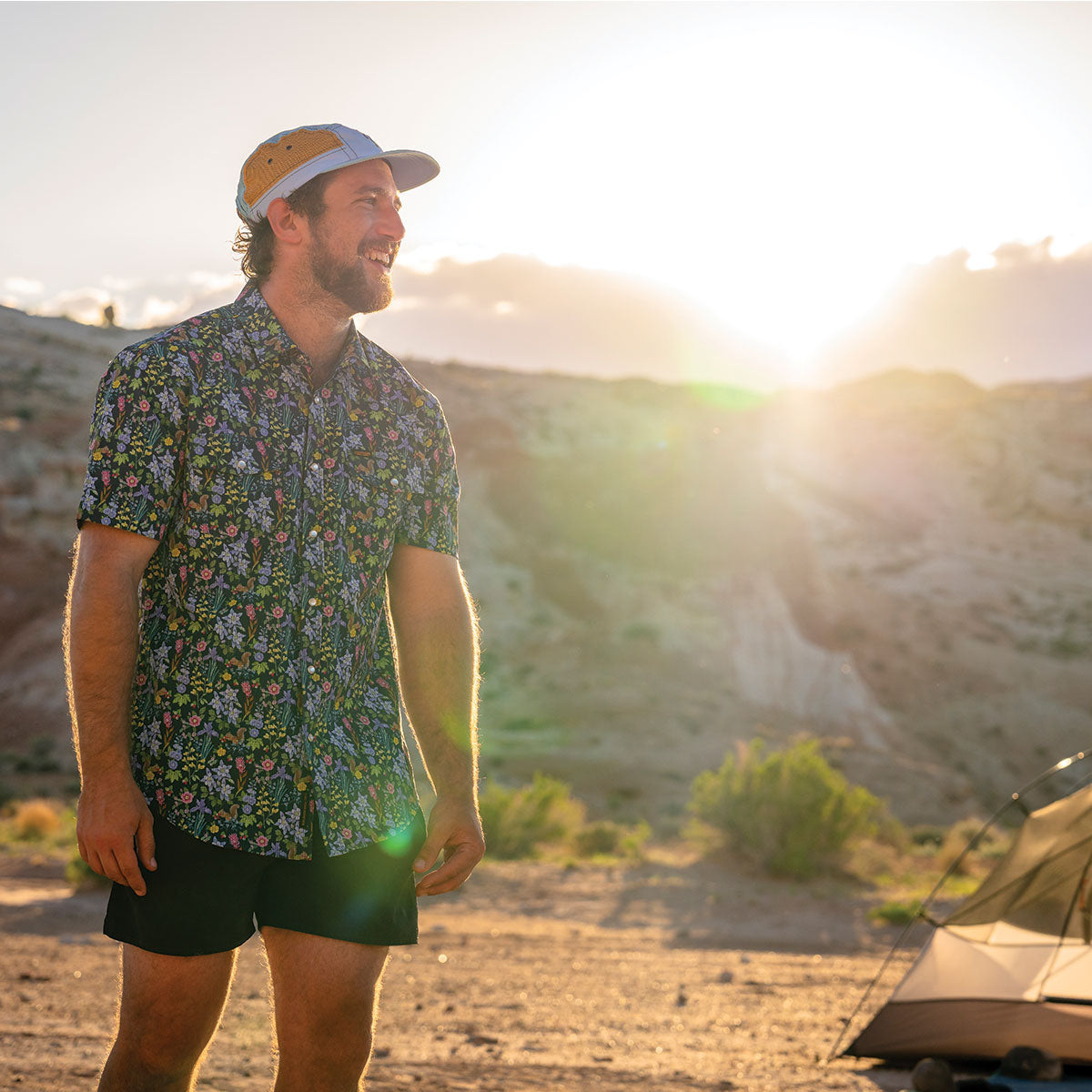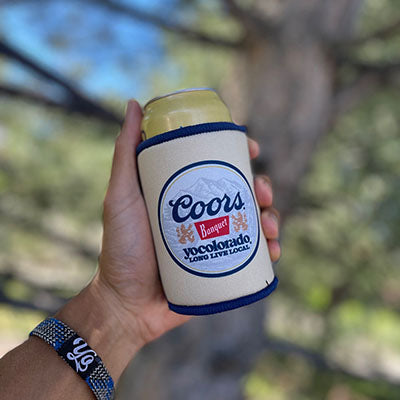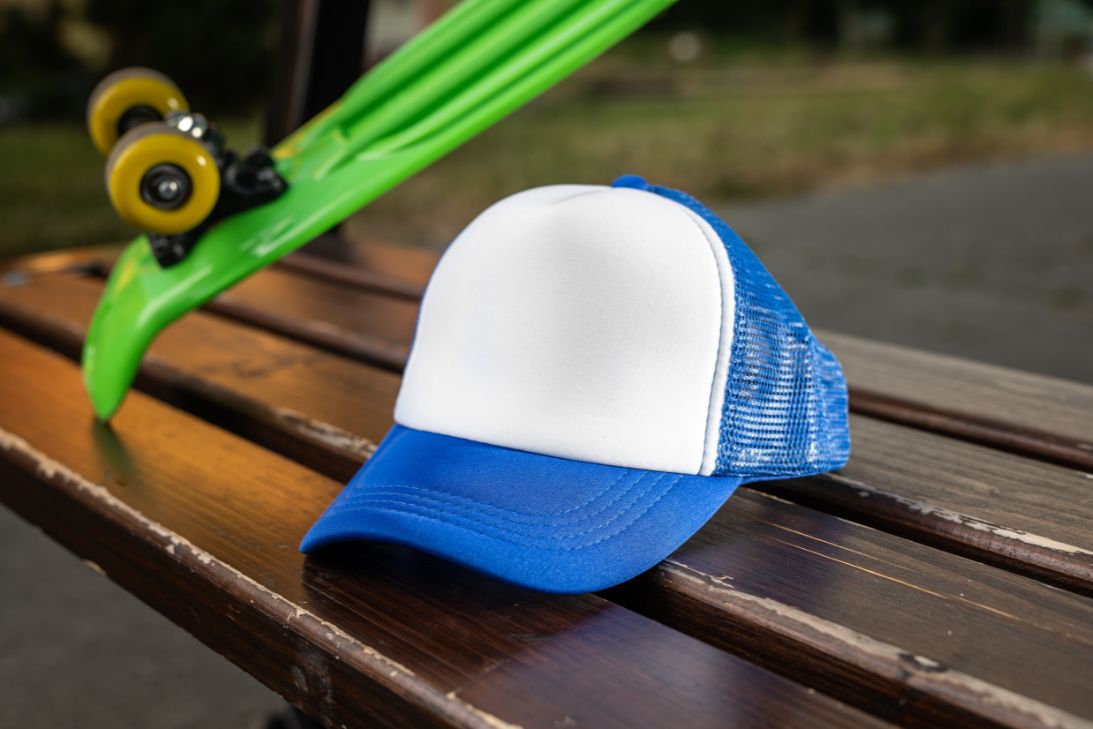Countless beautiful and fascinating animals call the Centennial State home. As a result, wildlife viewing is one of the biggest pastimes for both tourists and locals. But what happens when winter hits and the landscape changes? Wildlife watching is a little different during the cold months, but the magical sights you’ll see are well worth the effort of bundling up and venturing into the snowy mountains. Make the most of your time in the wilderness with this guide to winter wildlife viewing in Colorado.
Know Your Winter Wildlife Patterns
Animals behave differently when the seasons change. Some species disappear to hibernate, while others move around as they follow instinctive migratory patterns. Before you go looking for specific wildlife, it’s important to know how winter changes their daily habits.
Creatures like marmots, squirrels, and black bears hibernate during the winter, so you’re unlikely to spot them on a cold-weather outing. Elk, meanwhile, are still out and about, but they move down the mountains to the warmer temperatures and more reliable food supply of the meadows and plains.
Others, like Colorado’s pikas and coyotes, don’t change much at all for winter. However, pikas live in higher elevations, so you’ll have to venture further up the mountains to spot them in the snow. Coyotes, meanwhile, tend to follow elk and other big game in the winter when the smaller rodents that make up their diet are hibernating.
Venture Into the Wild
One of the best ways to view winter wildlife in Colorado is by getting up close and personal with the state’s natural landscapes. Whether you’re hiking, snowshoeing, or cross-country skiing, heading out into the wilderness is a great way to see animals in their natural habitat. This is also the perfect chance to appreciate the glorious beauty of Colorado’s snowy mountainsides, magical alpine forests, frozen lakes and waterfalls, and other winter landscapes. Just remember not to get too close and always maintain a respectful distance from animals for their safety and your own.
Visit at Dawn or Dusk
Many animals are most active at dawn or dusk, making those the best times of day to visit. Just remember that these are also colder parts of the day, so gear up properly and stay warm. Alternatively, you can witness Colorado’s wildlife while on a scenic drive. In Rocky Mountain National Park, Bear Lake Road and Fall River Road are great areas to see bighorn sheep, wild turkeys, mule deer, and more.
When you bundle up for your winter wildlife outing, don’t forget your women’s Colorado apparel from YoColorado. With colorful beanies, cozy down jackets, and so much more, we have everything you need to stay warm and stylish on all your winter adventures.








Leave a comment
This site is protected by hCaptcha and the hCaptcha Privacy Policy and Terms of Service apply.